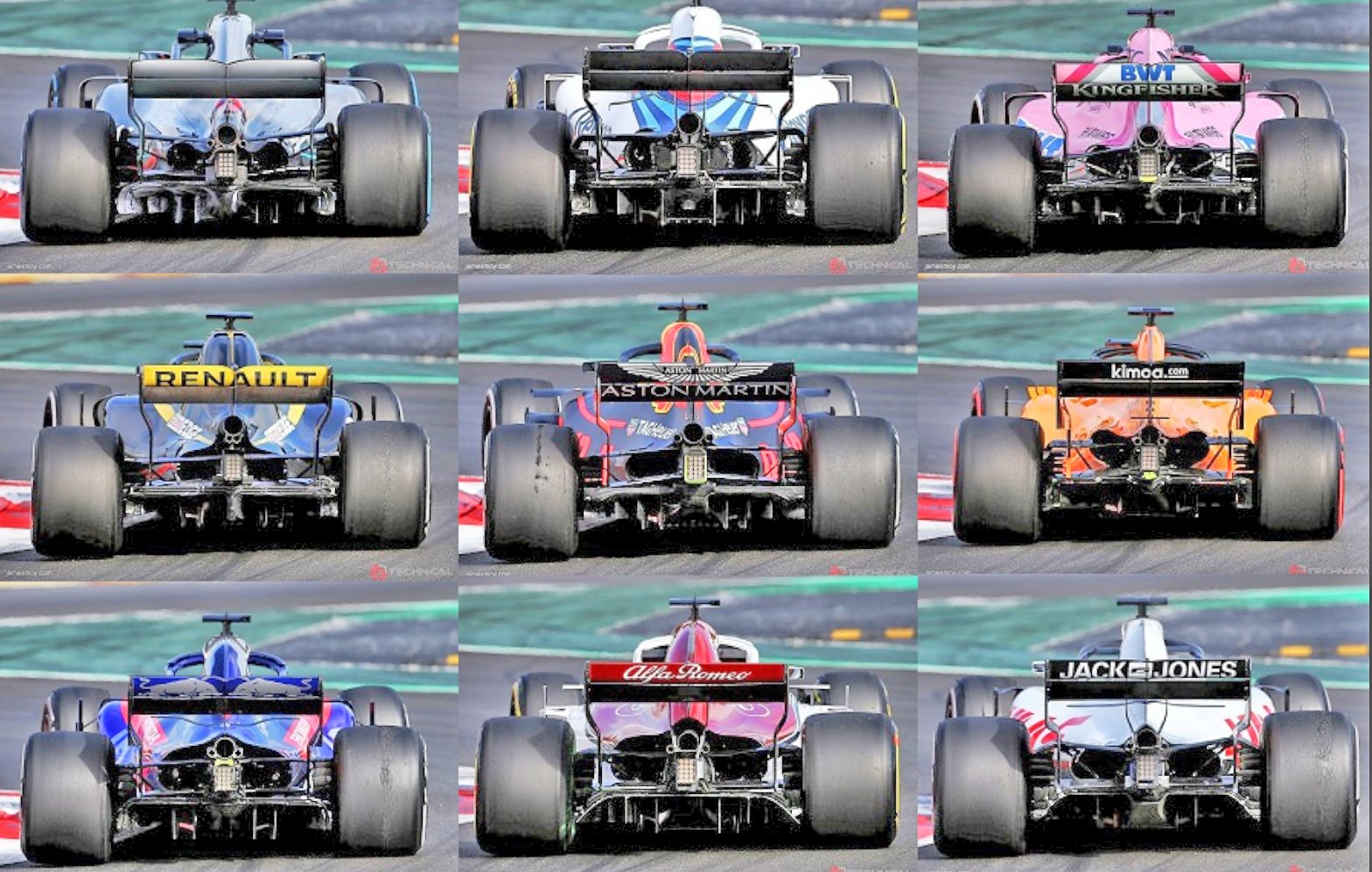Put the diffuser in the air. How efficient will it be out of ground effect when the control of vortices has gone to pot?
It'd be terrible, you'd build a completely different shape.
How many fast animals look like an F1 car? None.
Remove the need for the gearbox space and the floor regs there - that central section that you're drawing resemblance from would disappear, are the FIA regulating bird bodies now?
Saying that they don't need tyres to exploit the same effect is ludicrous - the spread and angle wingtip feathers are generally to reduce vortex speeds, to reduce pressure gradients, to reduce drag and lift at the tips.
The outer turned elements on a diffuser are to hook into the lower pressure area behind the tyres, to drive the diffuser harder and increase downforce.
Not to mention that a bird will open and close them, angle, etc, depending on what it needs at the time

You want to see a ground effect bird? Go look at large seabirds.
edit: here you go, wait until he's gliding in ground effect...rather less resemblance now, eh?
Wing flattened out, straightened, primary feathers bunched back together....
https://www.youtube.com/watch?v=_YEyzvtMx3s






